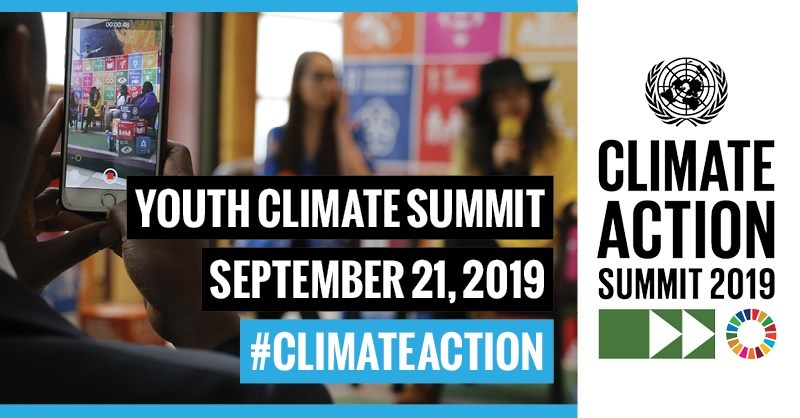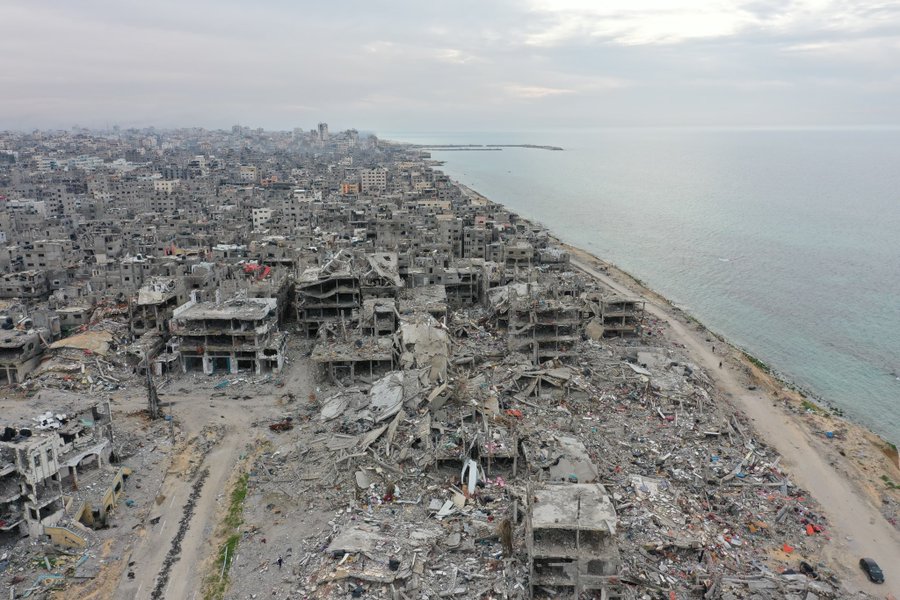5 Steps to Take When Having a Conversation about Climate Change
Natalie Araya is a UNA-USA Blogger Fellow and participated virtually in the recent UN Youth Climate Summit.
It has been a busy couple of days at the United Nations headquarters. Last Saturday, young people from around the world came together for the UN Youth Climate Summit. The young activists engaged policymakers in important conversation regarding the next steps for climate action.
With this in mind, it is important to acknowledge that we must continue to engage in conversations after this weekend. We must team up and speak up in order to create change.
Here are five steps to take when having a conversation on climate change:
- Research. Before you start a conversation with your peers and members of your community, spend some time researching! Here are some ideas to research: the history of climate change, how it affects different parts of the world, how it affects us locally, what are the proposed initiatives, and how are young people getting involved.
- A List of Actionable Steps. Climate change can appear to be a very distant topic because we do not always see tangible effects on a day-to-day basis. Therefore, it is important to share little steps that everyone can take to reduce their carbon footprint. These can be as simple as shutting off lights when not in use, choosing to bike or ride public transportation, and taking shorter showers. You can use the UN’s ACT Now Bot to track your actions!
- Get Creative. At the Youth Climate Summit one session, “Youth Take the Mic!” involved young people sharing their climate solutions. These young folks had plenty to say on how to raise people’s awareness in a creative manner. One idea that stood out to me was upcycling material to create fashionable products, such as purses. As a consumer, we can make responsible choices with our purchasing power.
- Download Apps and E-Books. Teams of young people are creating new apps and e-books which include helpful videos, graphics, and research aimed at starting conversations about climate change. One example presented at the Summit was “Geo For Youth,” an e-book which will be launched online in November. “Geo For Youth” will include information on daily sustainable actions, how to make greener career choices, as well as current case studies. Stay tuned!
- Be Prepared to Listen. Remember that everyone has their own unique story and can add something special to the conversation. It is important to stay open minded.
These are just some of the steps we can take when looking to start a conversation regarding Climate Change. Never underestimate the power of engaging in conversation with our local communities!




